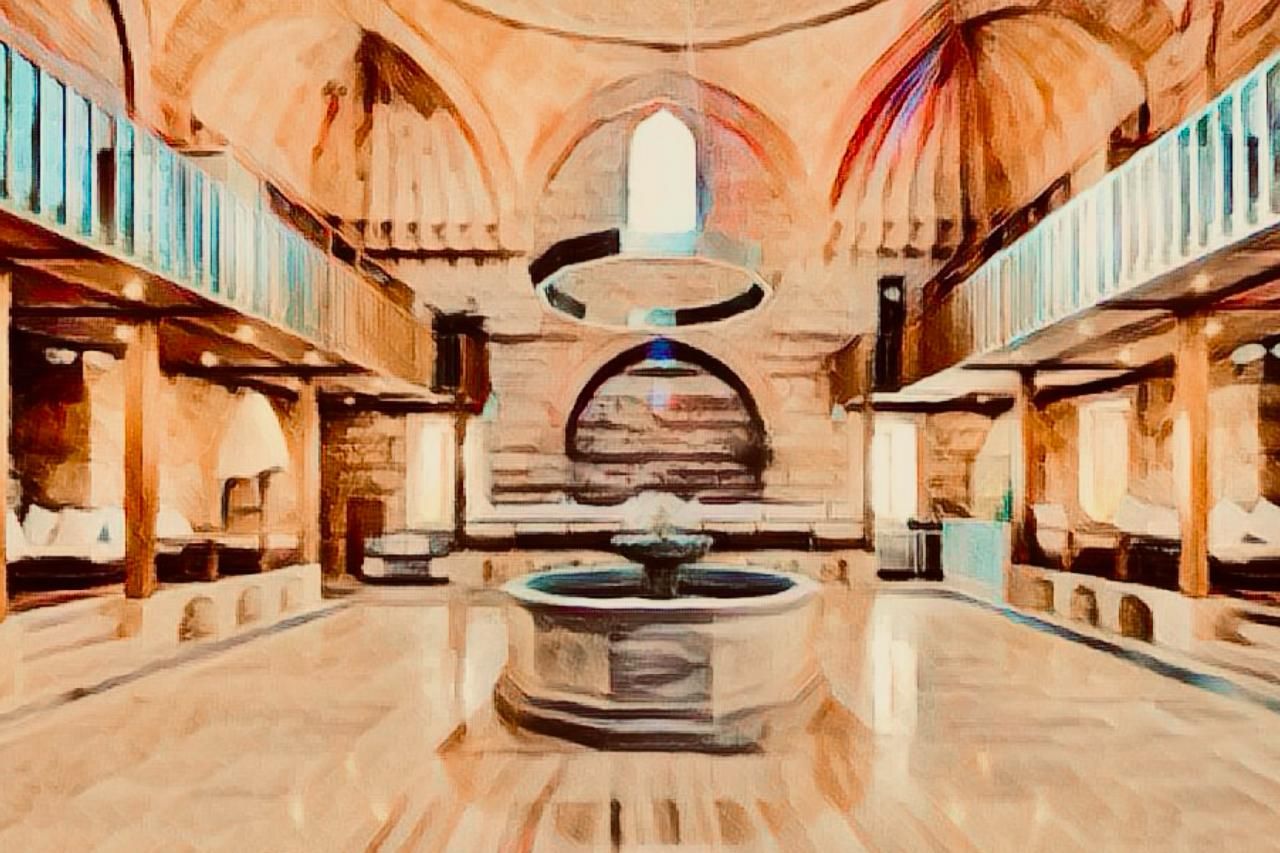
Turkey’s hammams, once central to Ottoman society, are being revived through meticulous restorations, preserving an ancient ritual that blends cleansing with social celebration, while new museums and attractions promote the tradition among both locals and tourists.
For centuries, hammams were central to Ottoman society, but they mostly fell out of use with the advent of running water. Today, many in Turkey are being restored to revive an ancient ritual bathing tradition.
A mainstay of old Turkish films, hammam scenes were highly entertaining—a free space where women socialized, ate, drank, and even danced. Last year, Istanbul's 500-year-old Zeyrek Cinili Hammam—built during the reign of Suleiman the Magnificent by celebrated Ottoman architect Sinan—reopened after a painstaking 13-year restoration.
Alongside a functioning hammam, it also houses a museum explaining its history and the Ottoman ritual of bathing. "The restoration somehow turned into an archaeological dig," providing insight into how the hammam once looked, museum manager Beril Gur Tanyeli told AFP.
Around 3,000 pieces of missing tiles were discovered, solving the puzzle of why this hammam was called "Cinili"—Turkish for "covered with tiles." The beautiful Iznik tiles that once lined its walls were exclusively produced for this hammam. Although most were damaged by fires or earthquakes or sold to European antique dealers in the 19th century, some remain visible.
The restoration also exposed several Byzantine cisterns beneath the hammam. "Sinan the Architect is believed to have built the hammam atop these cisterns to use them as a foundation and a water source," Tanyeli added.
In ancient Rome, bathing culture was essential, with traders traditionally washing in baths near city entrances, archaeologist Gurol Tali explained. During the Ottoman Empire, the ritual symbolized both bodily cleanliness and purity of soul.
Hammams were also used to celebrate births and weddings. "Baths were places for cleansing, socializing, relaxing, healing, and celebrating important events," with special rites for brides, soldiers, and young boys before circumcision, Tali noted.
As households at the time lacked running water, hammams were an essential part of life until the 19th century. Census figures from 1638 show that Istanbul had 14,536 public and private baths, according to museum data.
"You come here to get clean and leave handsome," said Zafer Akgul, visiting a hammam with his son. He added that he visits often, especially during religious feasts or before weddings. "We don’t want this tradition to die."
Istanbul's ancient hammams play a key role in preserving cultural heritage, Tali said. "Restoring and reusing historical baths may be the most effective way to pass cultural heritage to future generations."
The Bayezid II Hammam, another historic bathhouse from the same era, reopened as a museum in 2015 following years of restoration. Historians believe it was where a notorious male bathing attendant, or "tellak," named Halil, plotted an uprising in 1730 that overthrew Sultan Ahmed III.
For Manolya Gokgoz, who does publicity for Cemberlitas Hammam, a connection to the tradition is personal: her grandmother worked there as a "natir"—a female bathing attendant. "When I was two or three, I would spend the day there, washing and playing without getting bored," she recalled.
Although the hammam tradition endures, Gokgoz noted that tourists now dominate, with 70 percent of Cemberlitas’s clients being foreigners. "In the past, we went with our mothers and grandmothers. Now, locals make up only 30 percent."
The full hammam experience, including massages or peeling, has become expensive, with basic services costing around $100. Celebrities often visit Cemberlitas, with the latest being Spanish actor Pedro Alonso, who played Berlin in "Money Heist," in September.
"Hammam is not a luxury, but a need," Gokgoz stated. "Yes, it’s different now with hot water at our fingertips, but we need to keep this tradition alive."
With AFP


Comments